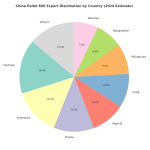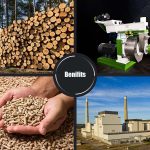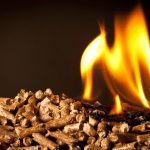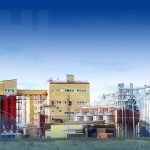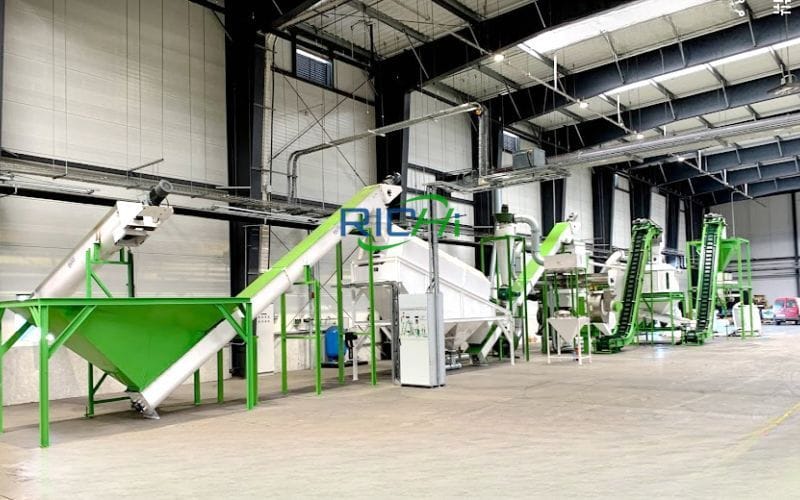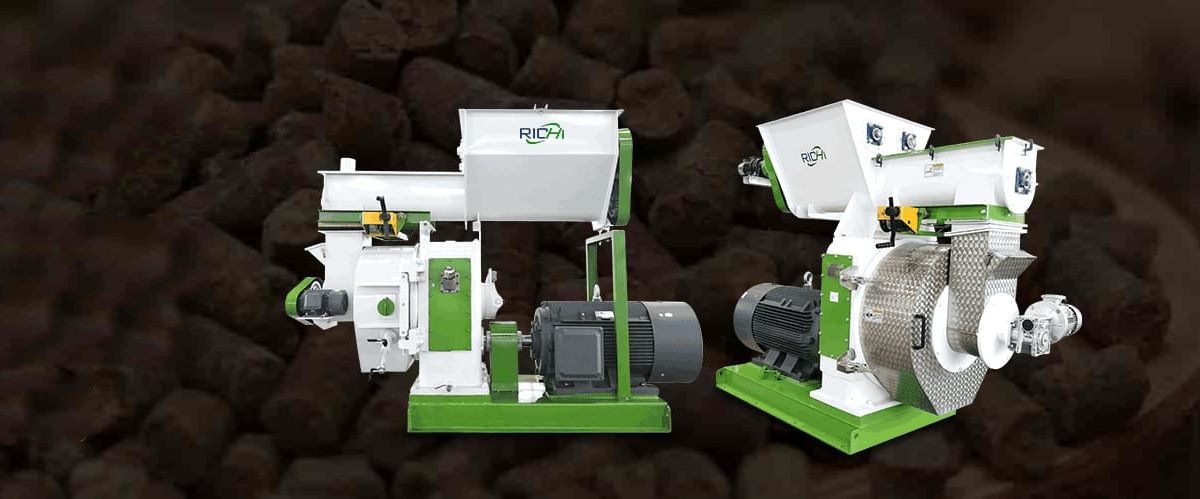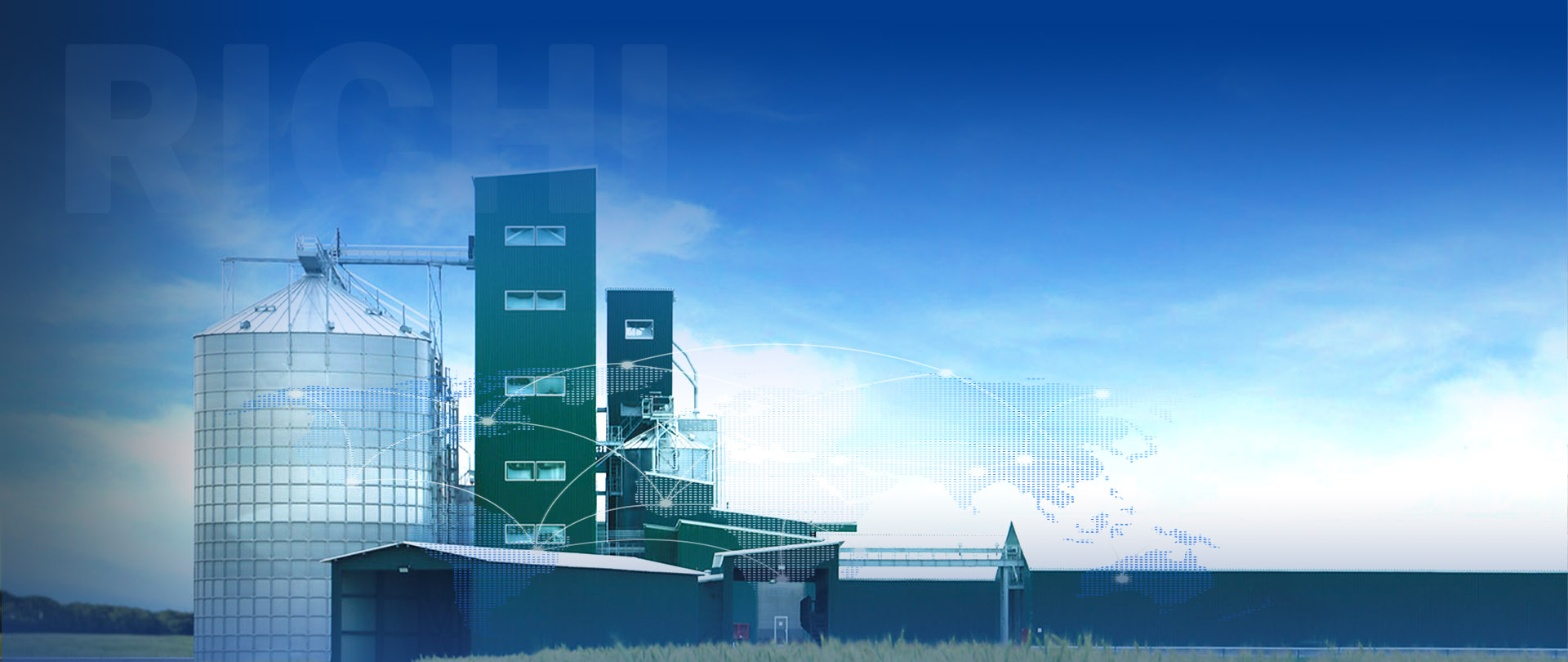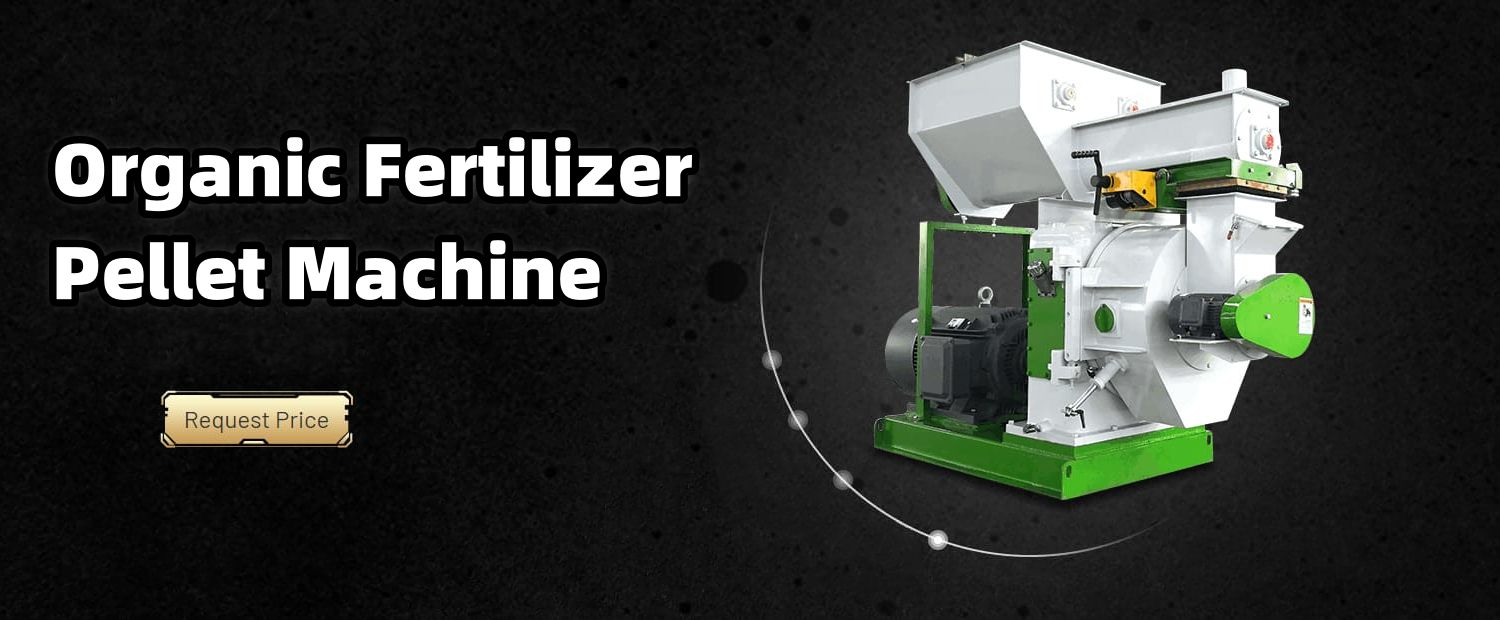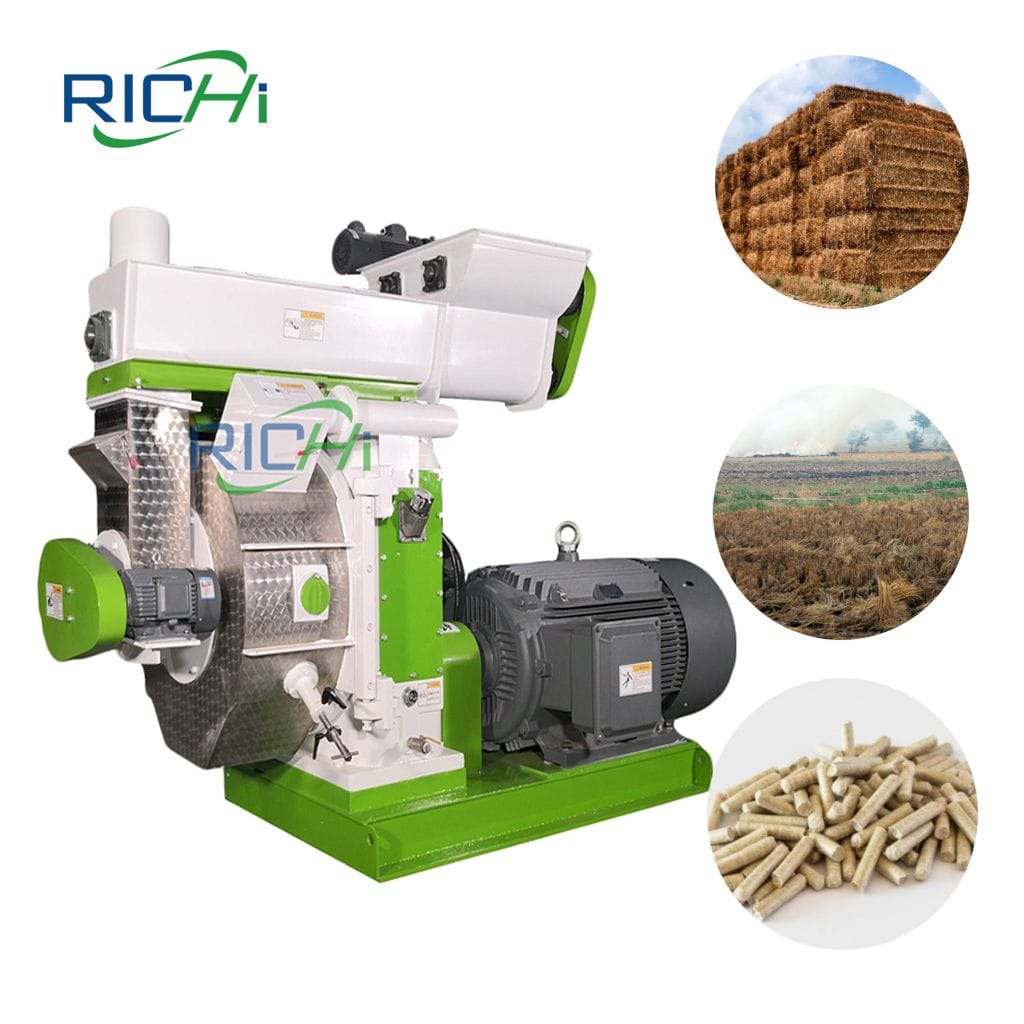In today’s burgeoning pet care industry, cat litter has become indispensable for millions of cat owners worldwide. With rising demand for high-quality, eco-friendly, and cost-effective cat litter, businesses are increasingly investing in dedicated production lines to manufacture their own products. These production lines are meticulously designed to convert raw materials into absorbent, odor-controlling litter through a series of precisely orchestrated process steps.
1. Raw Material Handling and Pre-Processing
The initial step in the cat litter production line involves handling and pre-processing raw materials. Depending on the type of litter being produced, these raw materials can include clay, wood shavings, paper, corn, wheat, or other plant-based materials. This stage typically includes receiving, storing, and pre-processing steps such as drying, grinding, or sifting to achieve the desired particle size and moisture content. Effective handling and pre-processing are critical to ensuring consistent quality and optimizing subsequent production steps.
2. Mixing and Blending
Once pre-processed, raw materials are fed into a mixing and blending system. This stage is crucial for cat litters that incorporate multiple ingredients or additives like fragrances, antimicrobial agents, or clumping agents. The mixing and blending process ensures a uniform distribution of all components, thereby ensuring consistent product quality and performance throughout the batch. Advanced mixing technologies such as ribbon blenders or high-shear mixers may be employed to achieve thorough and efficient blending.
3. Agglomeration or Pelletizing
Following blending, the next step involves agglomeration or pelletizing, depending on the type of cat litter being produced. This process transforms blended raw materials into larger, uniform granules or pellets essential for achieving desired litter consistency and absorbency. For clumping litters, agglomeration typically involves adding a binding agent and applying heat and pressure to form clumps or granules. Non-clumping litters may undergo pelletizing, where raw materials are compressed and extruded through dies to form pellets.
Related post:https://www.richipelletmachine.com/cat-litter-pellet-machine/
4. Drying and Cooling
After agglomeration or pelletizing, the formed granules or pellets undergo drying to remove excess moisture and ensure optimal absorbency. Proper drying is crucial for preventing bacterial growth and extending the litter’s shelf life. Various methods such as forced air drying, rotary drum drying, or fluid bed drying are employed based on specific requirements and production scale. The litter is cooled to ambient temperature post-drying before advancing to subsequent stages.
5. Screening and Sifting
To ensure uniform product quality and meet size specifications, dried cat litter granules or pellets undergo screening and sifting. This process separates litter into different size fractions, removing oversized or undersized particles. Screening and sifting enhance overall consistency and eliminate potential contaminants or foreign materials introduced earlier in the production process.
6. Coating and Additives
Depending on product specifications, cat litter may undergo additional coating or additive processes. Coatings like fragrances, antimicrobial agents, or dust suppressants can enhance odor control and performance characteristics. Application methods such as spray coating, tumble coating, or direct incorporation during mixing ensure even distribution and adherence of coatings or additives.
7. Packaging and Labeling
With all necessary processing complete, cat litter proceeds to packaging and labeling. This stage involves filling litter into appropriate containers—bags, boxes, or buckets—and sealing for freshness and integrity. Accurate labeling provides essential consumer information including product details, usage instructions, and any necessary warnings or certifications. Automated systems enhance efficiency, consistency, and minimize human error in packaging and labeling operations.
8. Quality Control and Testing
Throughout the production line, stringent quality control measures are implemented to ensure the final product meets industry standards. Sampling and testing at various stages assess critical parameters like moisture content, absorbency, and odor control performance. Advanced techniques such as particle size analysis, density measurements, and chemical composition testing validate product quality and detect deviations from desired specifications.
9. Distribution and Logistics
The final stage involves distribution and logistics, where packaged and labeled cat litter products are prepared for shipment to retail stores, pet supply outlets, or online retailers. Efficient logistics and transportation systems ensure timely delivery while minimizing product damage or contamination risks during transit. Proper storage and handling procedures maintain product quality until reaching the end consumer.
By optimizing each step of the pellet production line, cat litter manufacturers can ensure consistent product quality, operational efficiency, and compliance with industry standards. As demand for high-quality and eco-friendly cat litter continues to grow, investing in a well-designed and maintained production line is pivotal for businesses looking to thrive in this expanding market.


